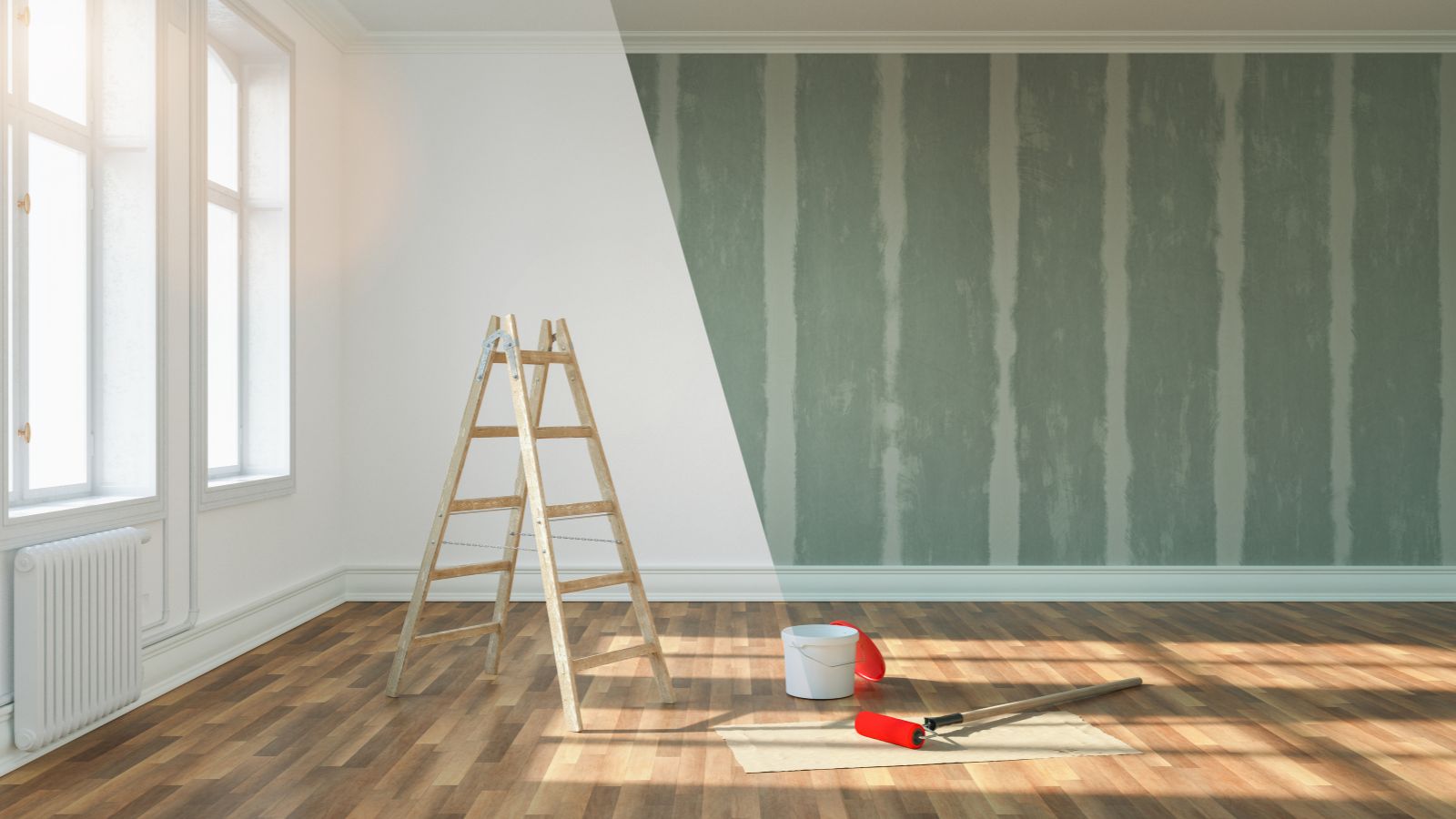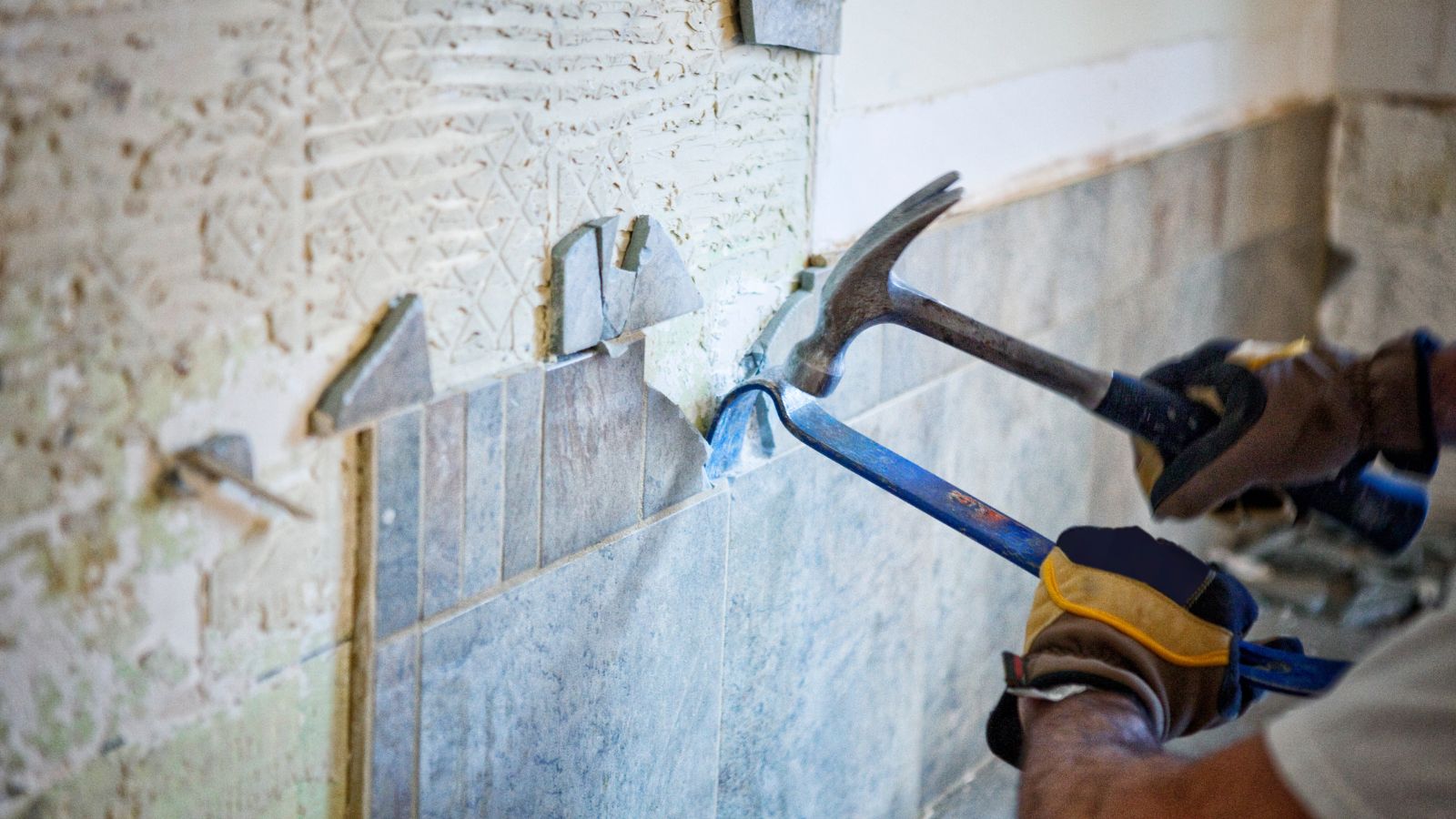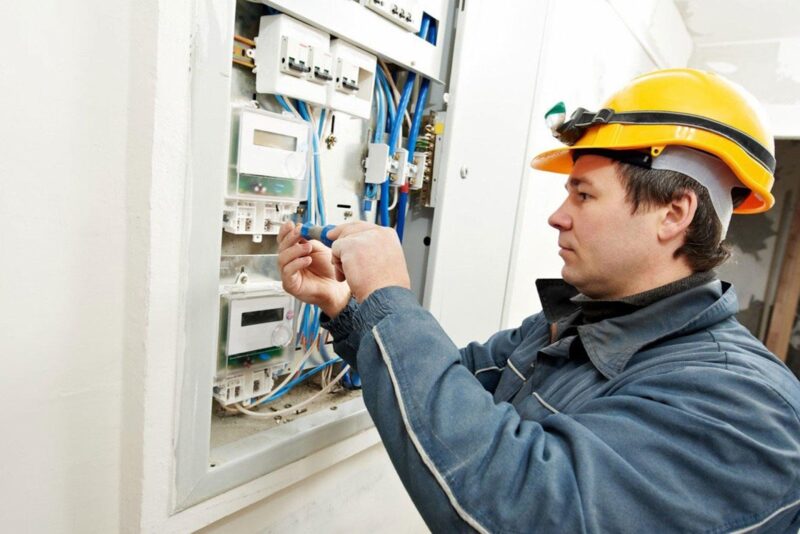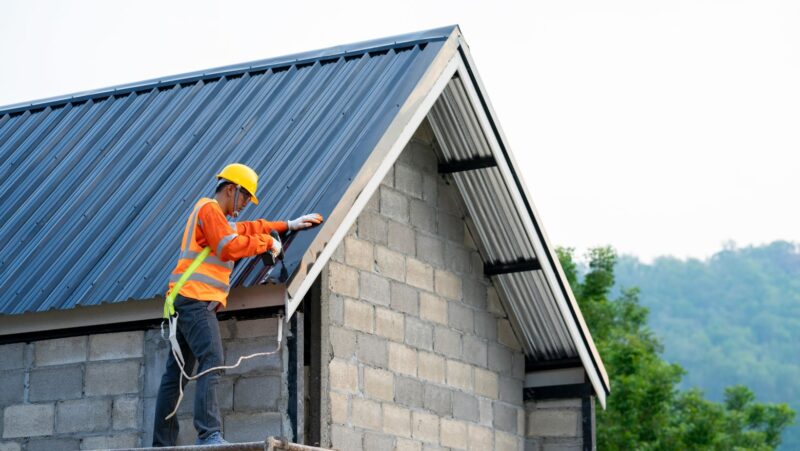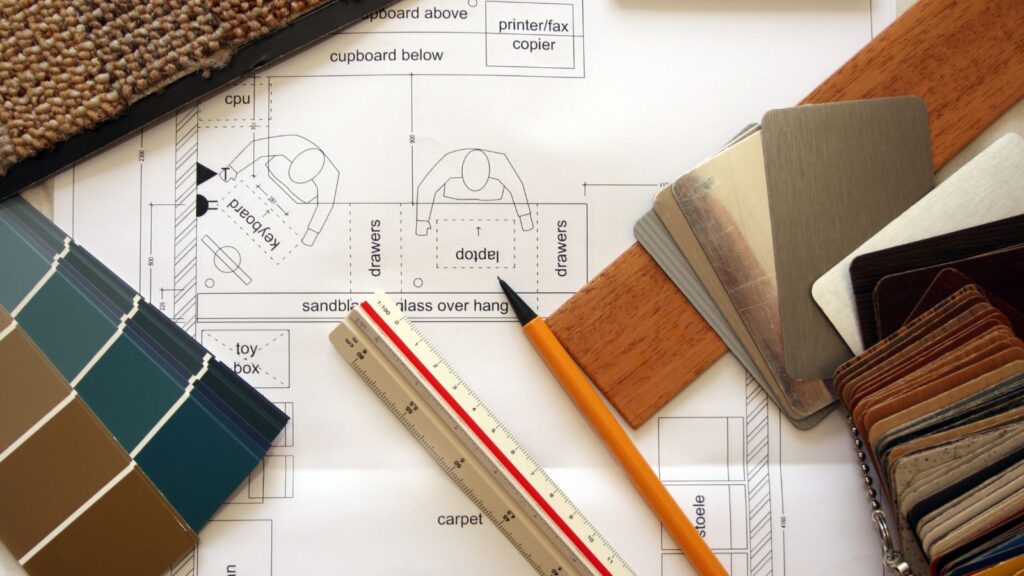
Navigating the rental property market can be rewarding; however, understanding the factors that influence property value is essential for success. This article will examine how strategic renovations can significantly enhance the value of your rental property, focusing on cost-effective upgrades and common renovation pitfalls to avoid. Furthermore, effective marketing strategies to attract quality tenants and maximize rental income will be discussed. Whether you are a seasoned investor or a first-time landlord, the insights provided will assist you in making informed decisions that yield favorable outcomes.
Understanding The Rental Property Market
Understanding the rental property market necessitates a comprehensive analysis of various factors influencing property value, rental income, and tenant satisfaction.
As real estate investments expand, landlords must remain informed about market trends, demographic shifts, and local housing market conditions to make well-informed decisions.
A thorough analysis not only assists in establishing competitive rental rates but also identifies high-demand features that enhance tenant appeal, ultimately resulting in increased rental demand and cash flow.
Staying informed about these dynamics is essential for effective property management and maximizing the returns on rental properties. Atlis Rental Management provides the expertise and resources to navigate these complexities, helping property owners optimize their investments and ensure smooth operations.
Factors Affecting Rental Property Value
Several factors contribute to the value of rental properties, including property upgrades, home improvement initiatives, and overall curb appeal. In a competitive rental market, properties that incorporate modern fixtures, energy-efficient enhancements, and aesthetically pleasing interior design typically achieve higher appraisals.
Understanding the impact of these enhancements on tenant satisfaction enables landlords to make informed decisions that align with market demand.
For example, a recent study indicated that residences featuring updated kitchens equipped with stainless steel appliances and granite countertops experienced a significant increase in rental interest, leading to higher rental rates.
Additionally, investing in tenant amenities, such as on-site laundry facilities and outdoor recreational spaces, not only attracts a diverse tenant pool but also enhances the property’s perceived value.
When landlords prioritize these renovations, they improve tenant retention and secure a favorable return on investment during property appraisals, underscoring the importance of targeted upgrades.
Smart Renovations For Increased Rental Property Value
Strategic renovations are essential for landlords aiming to enhance the value of their rental properties and achieve a robust return on investment (ROI).
Property owners can significantly improve tenant retention and satisfaction by prioritizing cost-effective improvements that cater to the preferences of contemporary tenants—such as the integration of smart home technology, enhancements in energy efficiency, and updates to aesthetic appeal.
Furthermore, meticulous planning of renovation projects and compliance with industry standards can reduce property maintenance costs and maximize the overall return on investment from renovations.
Cost-Effective Upgrades
Implementing cost-effective upgrades can significantly enhance the appeal of a rental property while adhering to budgetary constraints for renovations. Simple modifications, such as upgrading appliances, selecting aesthetically pleasing flooring options, and refreshing paint colors, can create a modern, inviting atmosphere that attracts high-quality tenants.
Additionally, landscaping can improve curb appeal, which plays a critical role in tenant attraction and the investment’s long-term success.
For example, replacing outdated lighting fixtures with more contemporary designs can dramatically transform the ambiance of a space while remaining budget-friendly. Installing a backsplash in the kitchen with peel-and-stick tiles represents another straightforward upgrade that creates a stylish focal point. Updating faucets and cabinet hardware can modernize a kitchen or bathroom without necessitating extensive renovations.
Small enhancements, such as incorporating potted plants or introducing fresh textiles, can significantly elevate the overall ambiance. Therefore, by concentrating on these manageable yet impactful upgrades, landlords can maximize tenant satisfaction and enhance the overall aesthetics of their properties.
Renovation Mistakes To Avoid
Avoiding common renovation mistakes is essential for landlords aiming to maximize their rental property investments. Many property owners engage in DIY renovations without understanding building regulations and financing options, leading to costly errors and increased maintenance expenses. Identifying these pitfalls early on can save property owners time and money, ensuring that renovations contribute genuine value to their properties.
Neglecting thorough planning and establishing a solid budget poses a risk of overspending or underdelivering on renovation projects, ultimately resulting in subpar outcomes. Landlords must research and comprehend the requirements set forth by local authorities, as non-compliance with building codes may lead to fines or necessitate costly remediation in the future.
Securing appropriate financing that aligns with renovation objectives can streamline the process and offer financial relief in unforeseen circumstances. Consequently, taking these initial steps enhances the efficiency of renovations and significantly contributes to the long-term success of the rental property.
Marketing Your Renovated Rental Property
Effectively marketing a renovated rental property is essential for attracting high-quality tenants and maximizing rental income. A well-structured marketing strategy highlights the property’s features, in-demand amenities, and distinctive aspects of the renovation, thereby increasing its appeal to potential tenants.
By employing a diverse range of marketing channels and thoroughly understanding the local housing market, landlords can significantly improve their property management efforts and ensure a steady demand for rentals.
Attracting Quality Tenants
Attracting quality tenants necessitates a comprehensive understanding of the local housing market’s high-demand features and current rental trends. Landlords must be cognizant of demographic trends influencing tenant preferences, ensuring their properties have functional spaces and modern amenities that enhance tenant retention. Addressing these demands can result in a consistent rental income and foster a positive landlord-tenant relationship.
To effectively attract the appropriate tenants, it is imperative to conduct thorough market analyses focusing on the specific needs of target groups, such as young professionals or families, regarding rental properties.
Customizing property features to align with these preferences—such as providing flexible lease options, updated appliances, and energy-efficient solutions—substantially increases the property’s appeal. Additionally, understanding community amenities, including proximity to schools, parks, and public transit, adds significant value.
By thoughtfully integrating these elements, property owners can create inviting environments that resonate with tenants, ensuring long-term satisfaction and minimizing vacancy rates.
Maximizing Rental Income
Maximizing rental income requires a strategic approach to enhance property features and aesthetics that attract prospective tenants. Landlords can increase rental yield and ensure consistent income by offering well-maintained properties equipped with modern amenities.
Effective property management practices are essential in maintaining high occupancy rates and fostering positive tenant relationships.
To achieve this, landlords should consider implementing property upgrades that enhance visual appeal and functional value, such as energy-efficient appliances or smart home technologies.
Effective marketing tactics, including high-quality photography and comprehensive online listings, can attract a broader audience while emphasizing the property’s unique features.
Engaging tenants through consistent communication, timely maintenance, and community-building events fosters loyalty, which may lead to longer lease durations and positive word-of-mouth referrals. By employing these strategies, landlords can optimize rental income and tenant satisfaction.

